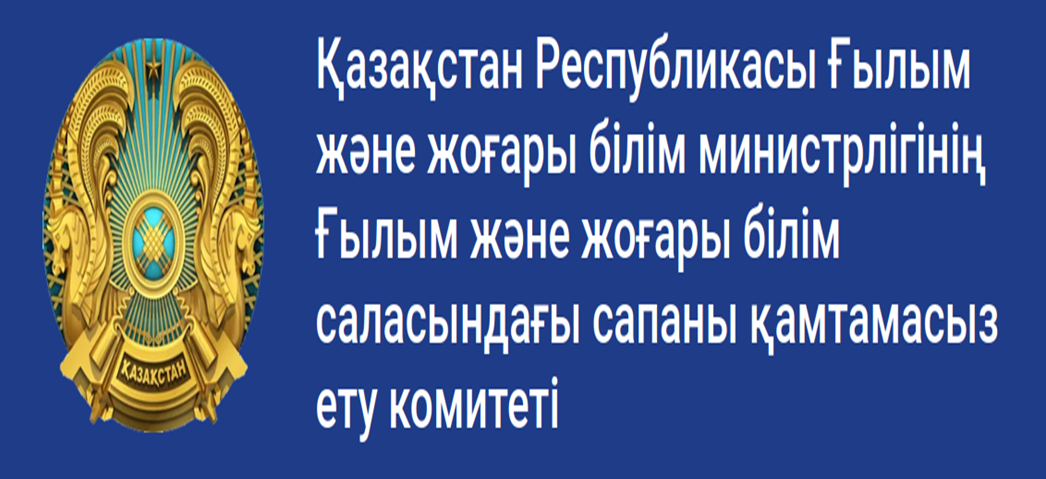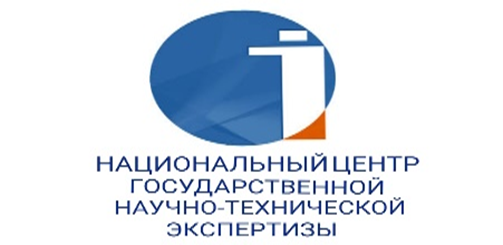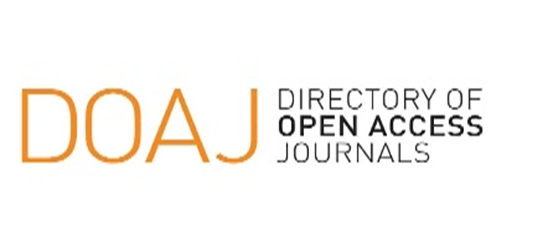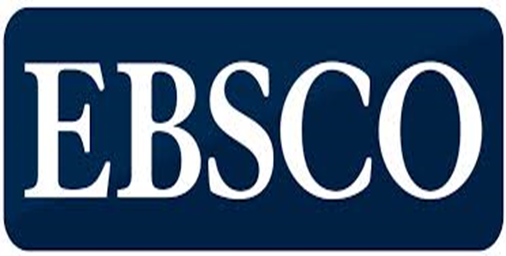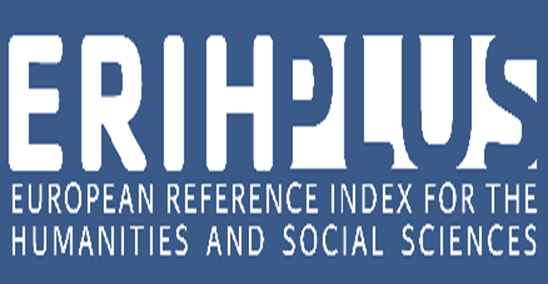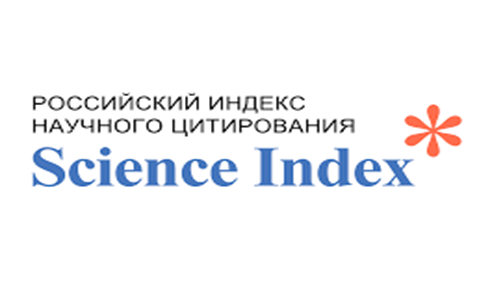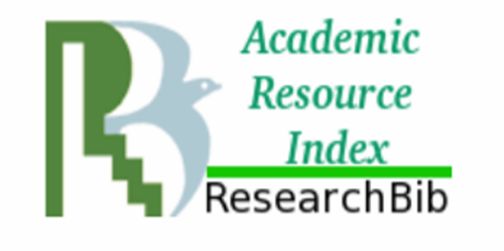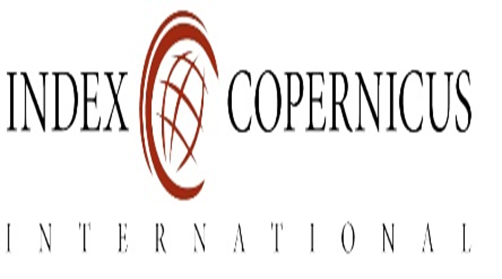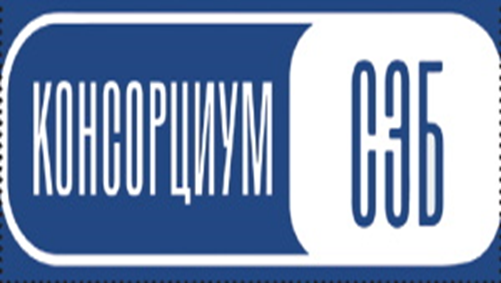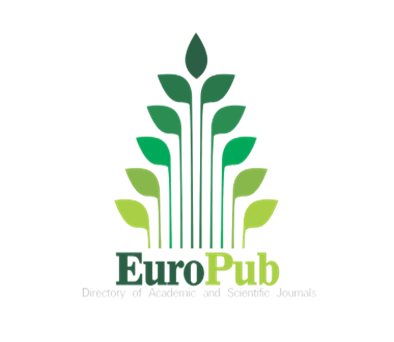The history of development of alphabet in the Turkic world
Views: 336 / PDF downloads: 277
DOI:
https://doi.org/10.32523/2664-5157-2023-1-49-59Keywords:
writing, culture, runic, alphabet, history of writing, Turkic peoples, steppe nomads, ancient Uyghur writingAbstract
The steppe nomads, who are primarily of Turkic descent, played a significant role in the political, historical, and cultural growth of various systems. The advancement of a culture can be best demonstrated through its writing system. An examination was conducted to evaluate the extent to which the descendants of steppe nomads embraced this cultural phenomenon and contributed to its progress. Hence, the growth of written culture among the Turkic people, including its various phases, geographical dissemination, and practical use, holds significant importance. In our study, we concentrated on the different stages of development of the Turkic writing culture. We provided a concise history of the written forms used their origin and intended purposes, and illustrated them with specific examples through various written artifacts. Our emphasis was on the works of researches who analyzed writing patterns, presented their perspectives on the history of writing, its rage, and the role of the writing system in language. Therefore, we attempted to arrange the writing systems employed by the Turks in chronological order and uncover the cross-culture associations among these writing systems.
Downloads
Reference
Аманжолов А.С., 2010. История и теория древнетюркского письма. Алматы: Мектеп. 368 с.
Гельб И.Е., 1982. Опыт изучения письма (Основы грамматологии) / пер. с англ. Л.С. Горбовицкой, И.М. Дунаевской; ред. и предисл. И.М. Дьяконова. Москва: Радуга. 366 с.
Жолдасбеков М., Сартқожаұлы Қ., 2005. Орхон ескерткіштерінің толық атласы. Астана: Күлтегін. 359 б.
Иоганнес Ф., 1979. История письма. Москва: ГРВЛ. 464 с.
Клосон Г., 1986. Происхождение тюркского рунического алфавита. Зарубежная тюркология. С. 136-157.
Лоукотка Ч., 1950. Развитие письма. Москва: Иностранная литература. 319 б.
Молдабай Т., 2016. Көне түрік таңбалар мен идеограммалардың семантикалық түрленуі және түрік бітіг жазуының дамуы. Хабаршы. Л.Н.Гумилев атындағы ЕҰУ-нің ғылыми жураналы. 3. Б. 114-120.
Молдабай Т., 2021. Жазба мәтіндер негізінде көне ұйғыр әліпбиінің қолданылуындағы еркешеліктер. Turkic Studies Journal. 4. Б. 44-52.
Шаймердинова Н.Г., Молдабай Т. и др., 2017. Происхождение и функционирование рунической письменности. Астана: Alau Group & Co. 145 с.
Шаймердинова Н.Г., Молдабай Т. и др., 2014. Қыпшақтар: тарих пен тіл (армян-қыпшақ ескерткіштері негізінде). Астана: Сарыарқа. 228 б.
Coulmas F., 2006. Encyclopedia of Writing Systems by Florian Coulmas. Wiley-Blackwell. 603 р.
Hatice Ş.U., 2006. Başlanğıcından günümüze türk yazı sistemleri. Ankara: Akçay Yay. 408 р.
Lundysheva O., Maue D., Wille K., 2021. Miscellanea in the Brāhmī Script from the Berezovsky and Krotkov Collections (IOM, RAS) with an Appendix: ВФ-4190. Written Monuments of the Orient. 7. 1(13). Р. 3-70.
Turanskaya A., 2020. Newly Discovered Dunhuang Fragments of «Śatasāhasrikā Prajnāpāramitā» in the Collection of the IOM, RAS. Written Monuments of the Orient. 1(11). Р. 88-102.






